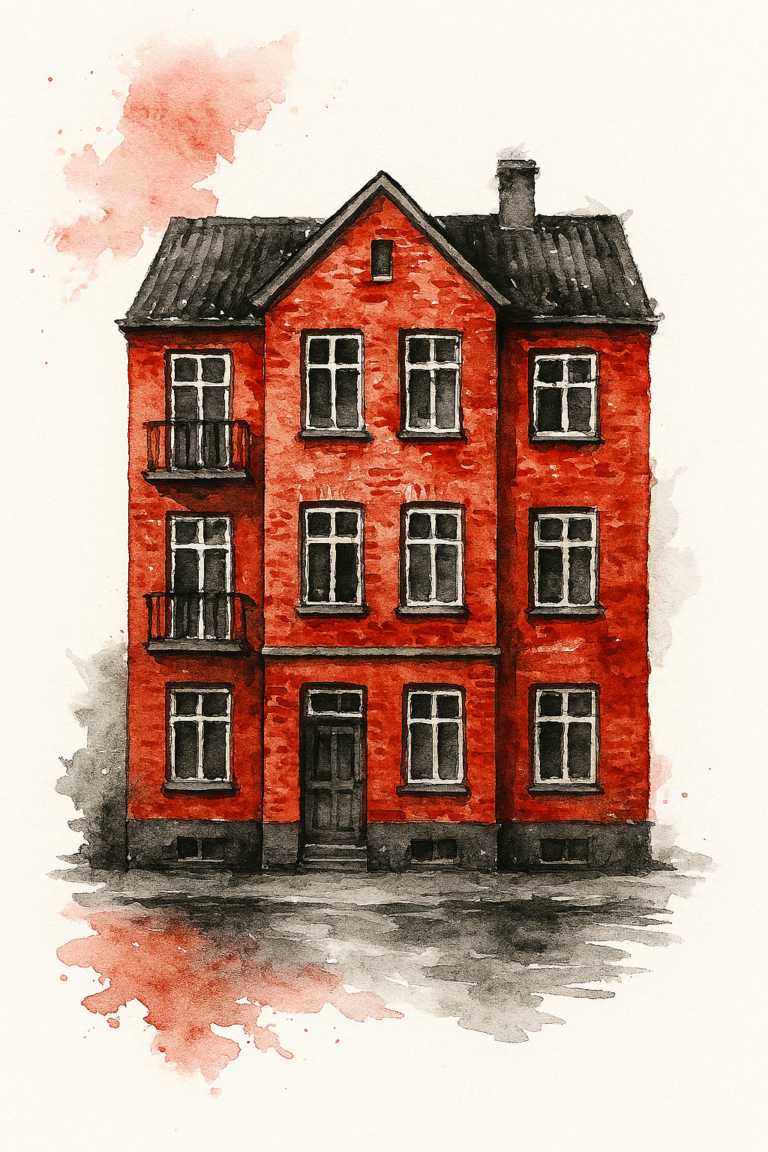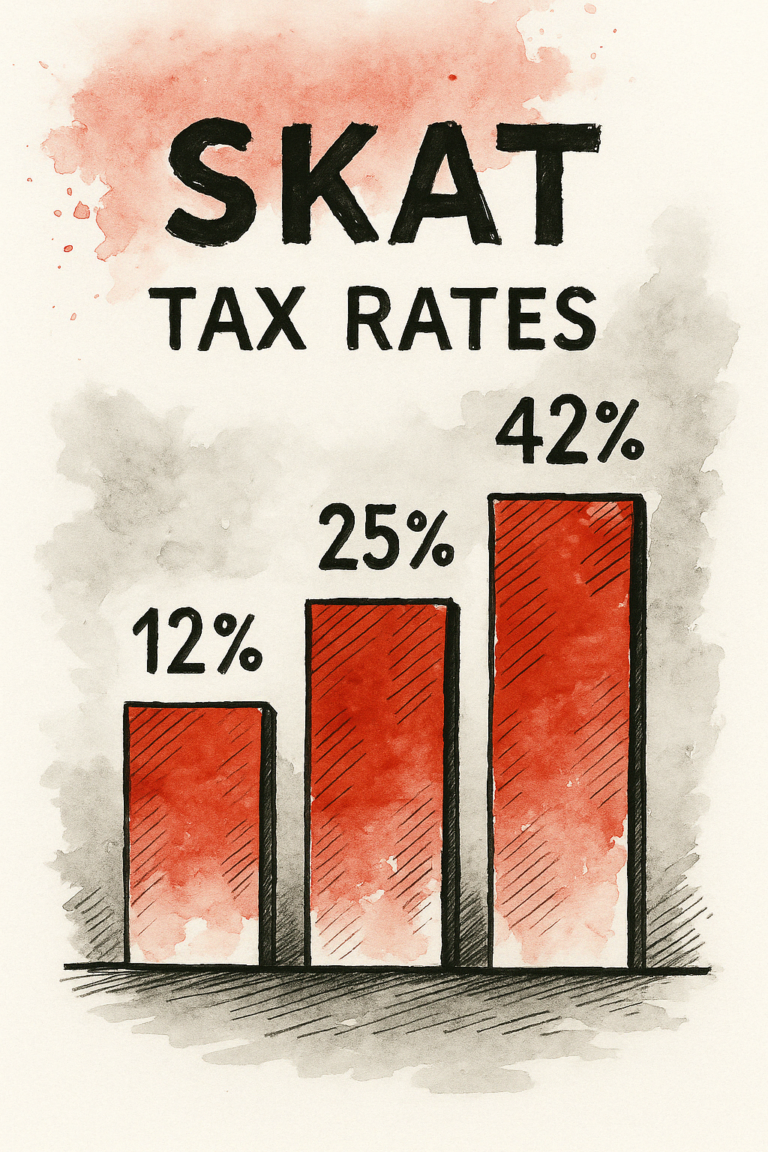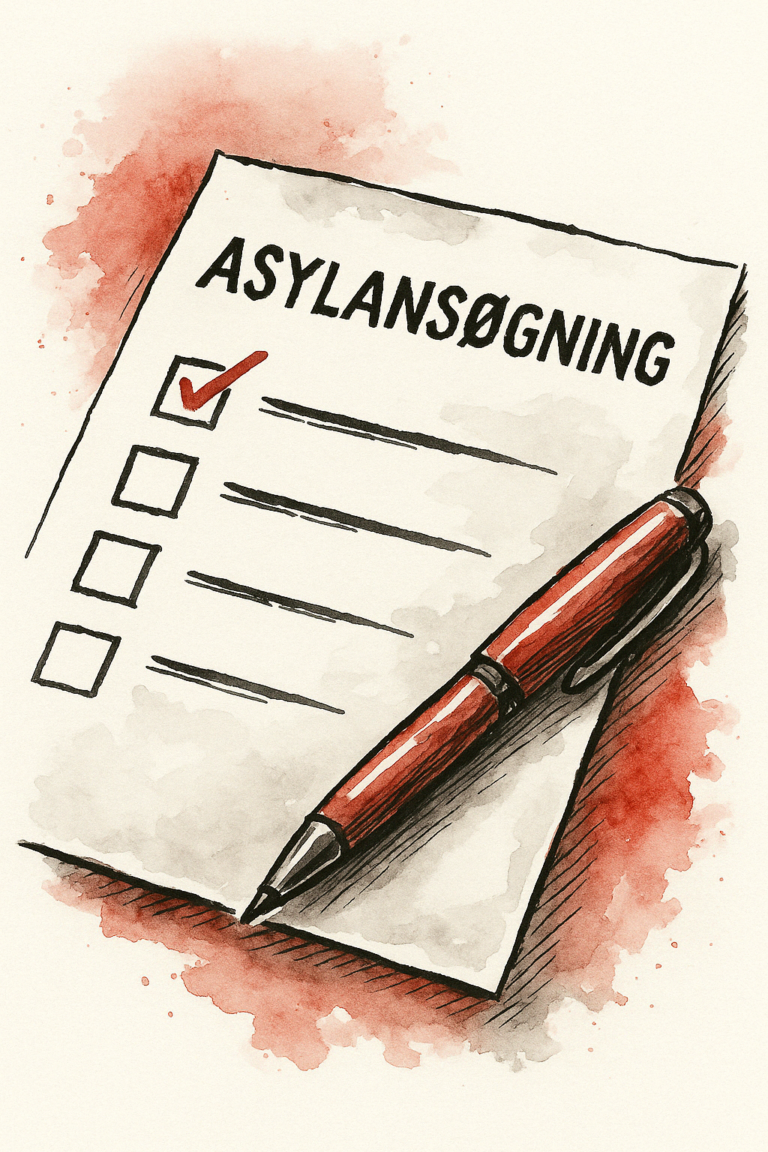Copenhagen Metro Guide – 2025
If you’re planning to explore Denmark’s capital, the Copenhagen Metro is one of the easiest ways to get around. It’s fast, clean, safe, and honestly, a bit of a hidden gem for tourists. Whether you’re heading from the airport, bouncing between neighborhoods, or just want a reliable way to explore, here’s how to make the most of it.
Why Tourists Love the Copenhagen Metro
The Copenhagen Metro has a reputation for being one of the most efficient in Europe—and with good reason. It runs 24 hours a day, seven days a week, and connects almost every key area of the city. The trains are driverless, sleek, and arrive frequently. Most importantly, everything is user-friendly. Station signs are easy to follow, and many announcements are made in both Danish and English, which makes it perfect for international travelers.
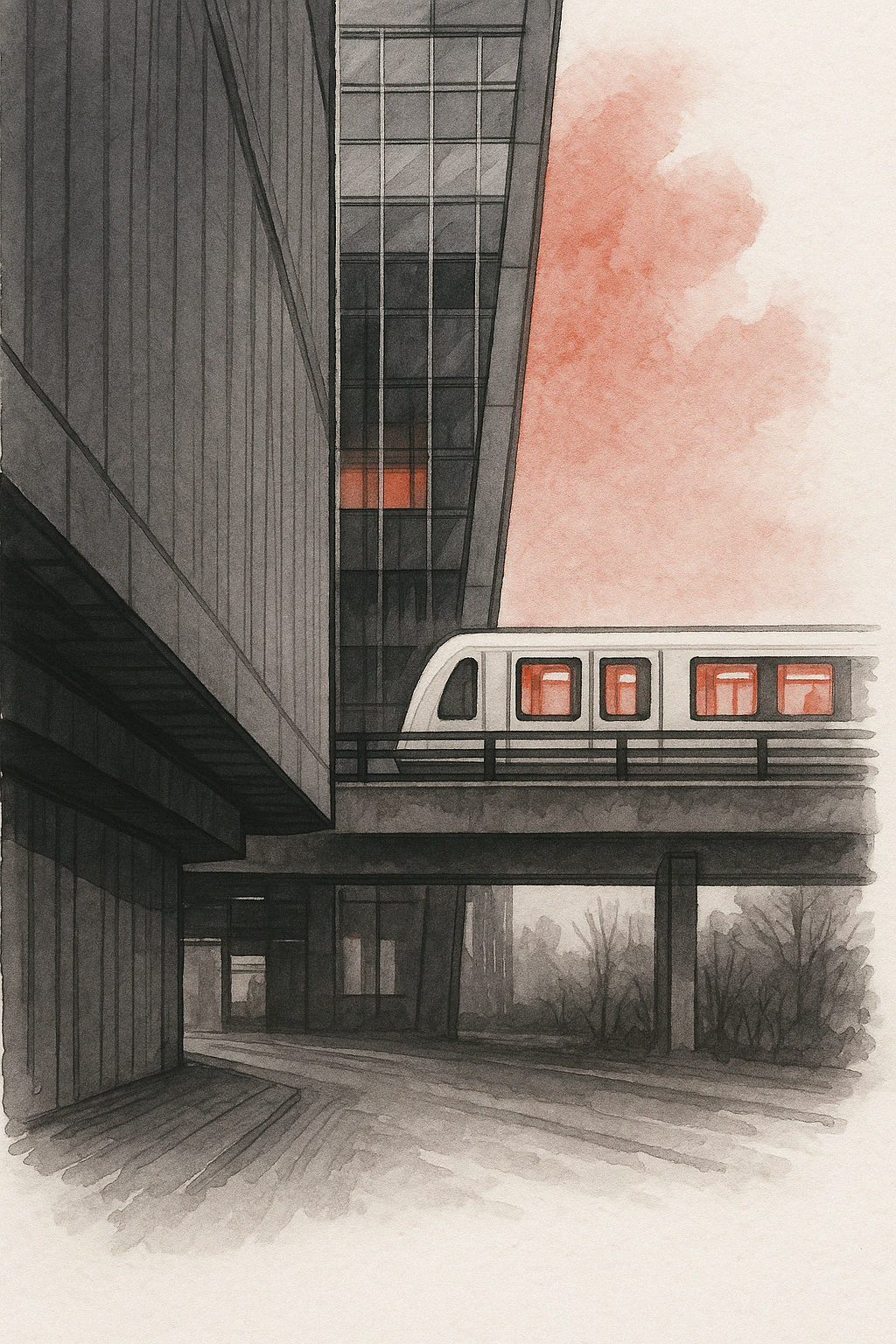
Getting the Basics Down
Copenhagen’s transport system works on a zone system. The city center is in Zone 1, and each circle moving outward adds more zones. Most tourist attractions fall within Zones 1 through 3. If you’re heading to or from the airport, you’ll be venturing into Zone 4. Knowing your zones helps when purchasing tickets, as your fare depends on how many you travel through.
Meet the Metro Lines: M1, M2, M3, and M4
There are four main metro lines in Copenhagen:
| Line | Route | Main Stops | Best For |
|---|---|---|---|
| M1 | Vanløse to Vestamager | Nørreport, Islands Brygge, DR Byen | Getting across the city |
| M2 | Vanløse to Copenhagen Airport | Christianshavn, Kongens Nytorv, Lufthavnen | Airport access |
| M3 | Cityringen (loop line) | Østerport, Frederiksberg, Trianglen | Sightseeing in central neighborhoods |
| M4 | Nordhavn to Orientkaj | Nordhavn, Østerport | Exploring the harbor area |
M1 and M2 are the older lines, while M3 and M4 are newer and serve many of the city’s central and expanding urban zones.
Timetable and Frequency
The metro system is known for its short wait times. During the day, trains arrive every few minutes, and even during the quiet hours of the night, you’ll rarely wait more than 20 minutes. This consistency makes it ideal for early flights, late dinners, or spontaneous detours.
Tickets, Passes, and Prices
You’ll need a valid ticket to ride, and there are a few options depending on how long you’ll be in town and how far you’re traveling. Most tourists will find the City Pass Small ideal—it covers Zones 1 to 4 and includes the airport.
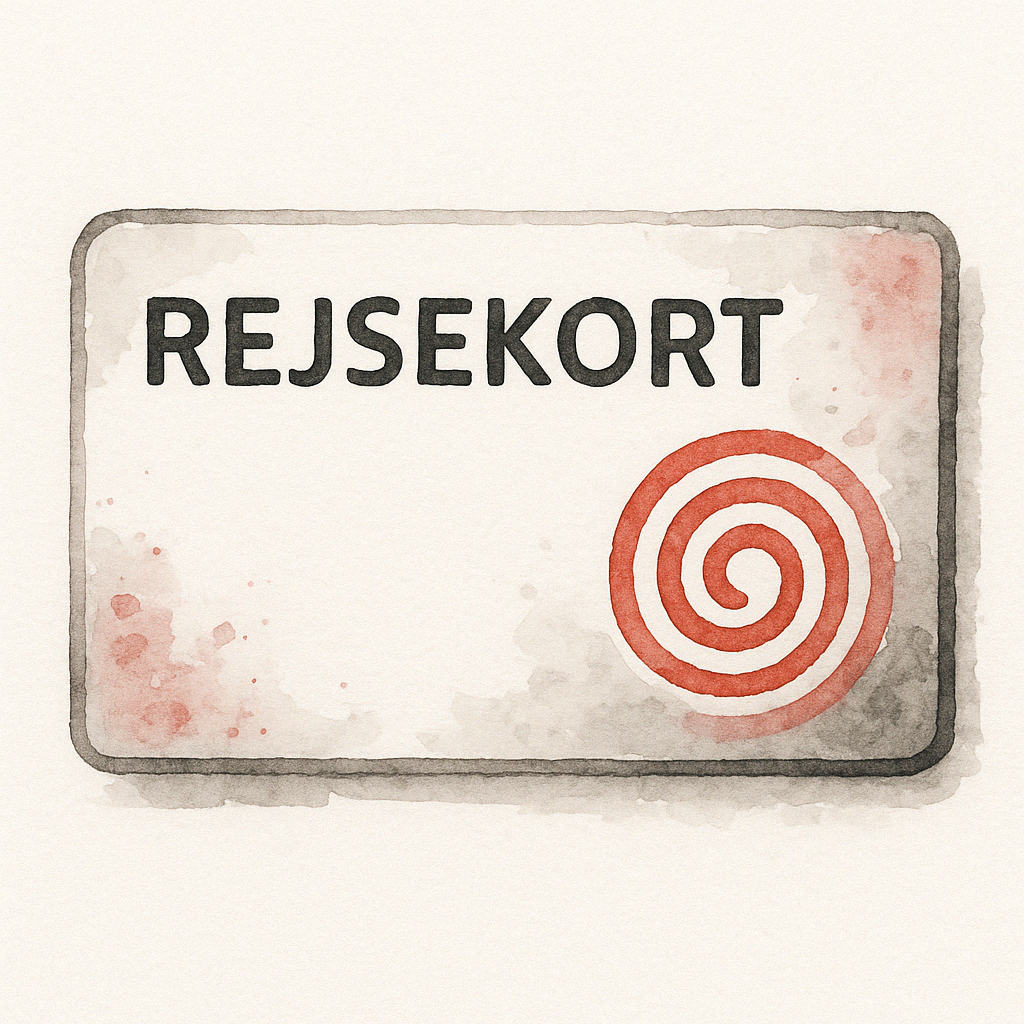
Here’s a quick overview of ticket types:
| Ticket Type | Zones | Validity | Price (DKK) | Details |
|---|---|---|---|---|
| Single Ticket | 2 zones | 1 hour | 24 DKK | Great for one-way, short rides |
| City Pass Small | 1–4 | 24 hours | 90 DKK | Covers airport and most tourist sites |
| City Pass Large | 1–99 | 24 hours | 200 DKK | For day trips beyond the city |
| Rejsekort (Smartcard) | Varies | Pay-as-you-go | Dynamic pricing | Ideal for longer stays or frequent use |
| Kids under 12 | All | With adult | Free | Up to two kids can travel free with an adult |
Where and How to Buy Tickets
Tickets can be purchased directly at the metro stations using touch-screen machines. These machines accept credit and debit cards, including international ones. Alternatively, you can buy tickets at nearby convenience stores such as 7-Eleven, often found inside or near metro stations. If you prefer digital options, the DOT Mobilbilletter app is your best bet. It’s available in English and allows you to buy and store tickets on your phone, no paper required.
Using the DOT App
The DOT app is especially useful if you’re moving around a lot or staying for several days. You can quickly see which zones you’re in, purchase the correct ticket, and have it ready on your screen without needing Wi-Fi. It’s very intuitive, even if you don’t speak Danish.
A Step-by-Step Guide for First-Timers
First, look for the large red “M” sign—it marks the entrance to all metro stations. Once inside, head down to the platform via escalators or elevators.
If you have a paper ticket or a mobile ticket via the DOT app, you’re good to go. No need to validate. If you’re using a Rejsekort, you’ll need to check in at the blue card reader at the station entrance before you board. Forgetting to do so could result in a fine.
Once on the platform, wait for the train—it won’t take long. The doors open automatically, and there’s no need to press any buttons. Inside, you’ll find clean, spacious carriages with electronic displays showing upcoming stops. The announcements are also made in Danish and English.
When you approach your stop, keep an eye on the screen or listen for the announcements. Exit the train calmly, and if using a Rejsekort, check out using the same card readers before leaving the station.
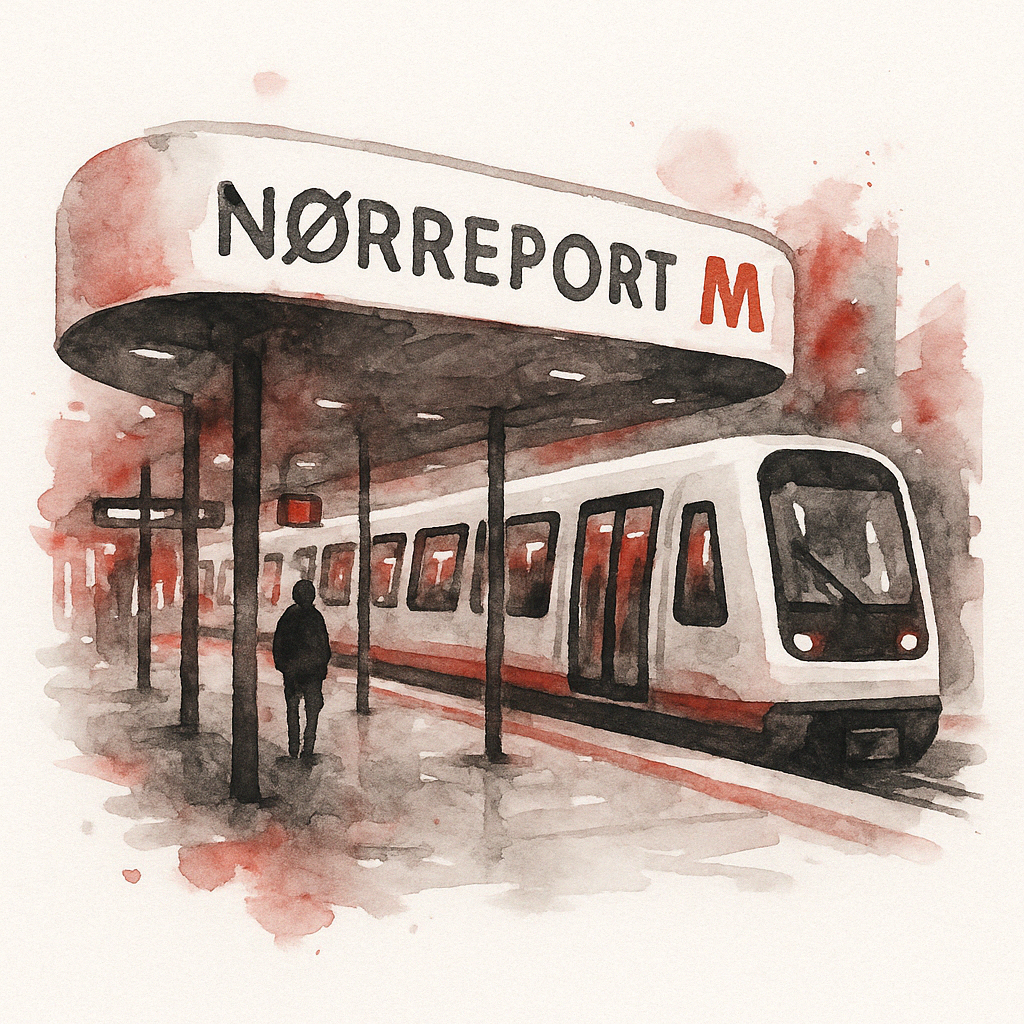
Accessibility and Safety
The Copenhagen Metro is one of the most accessible systems in Europe. Every station is equipped with elevators and flat-entry access, making it easy for wheelchair users, families with strollers, or travelers with heavy luggage. Inside the trains, there’s space for bikes, prams, and larger bags.
Safety is a top priority. Stations and trains are well-lit, equipped with security cameras, and often staffed or monitored remotely. Even late at night, the metro feels safe and welcoming.
Helpful Travel Tips
If you’re arriving by plane, the metro is by far the simplest and fastest way into the city. From Copenhagen Airport, hop on the M2 line, and you’ll be in the city center in less than 15 minutes. It’s efficient and costs much less than a taxi.
The metro operates all night, so whether you’re coming home from a cozy dinner or a night out, you won’t be stranded. During the early morning hours, trains run less frequently, but they’re still reliable.
Want to plan your journey ahead of time? Use rejseplanen.dk, which provides routes, zone info, and real-time updates for all types of public transport in Denmark.
How to Blend in Like a Local
There are a few unspoken metro rules in Copenhagen. On escalators, stand on the right and walk on the left. Don’t try to squeeze in before people exit the train—let them off first. And while eating is allowed, it’s courteous to avoid smelly food or loud behavior. Danes value calm, quiet public spaces—especially underground.
Wrapping It All Up
The Copenhagen Metro is an absolute gift for tourists. It’s easy to use, available 24/7, and connects nearly every part of the city that’s worth visiting. Once you’ve ridden it once or twice, you’ll feel like a local, zipping effortlessly between colorful districts, waterfronts, and world-class attractions.
Frequently Asked Questions
Is the Copenhagen Metro open 24/7?
Yes, the metro runs all day and night, every day of the week.
Can one ticket be used for buses and trains too?
Yes. Tickets are valid across all public transport in the Copenhagen area—metro, bus, and regional trains.
What happens if I forget to check in with my Rejsekort?
You risk a fine if you don’t check in and out properly. Make it a habit!
Are English announcements available on the metro?
Absolutely. Most trains announce stops in both Danish and English.
Can I use the metro with a stroller or wheelchair?
Yes. Every station has elevators, and the trains are designed to accommodate both.

